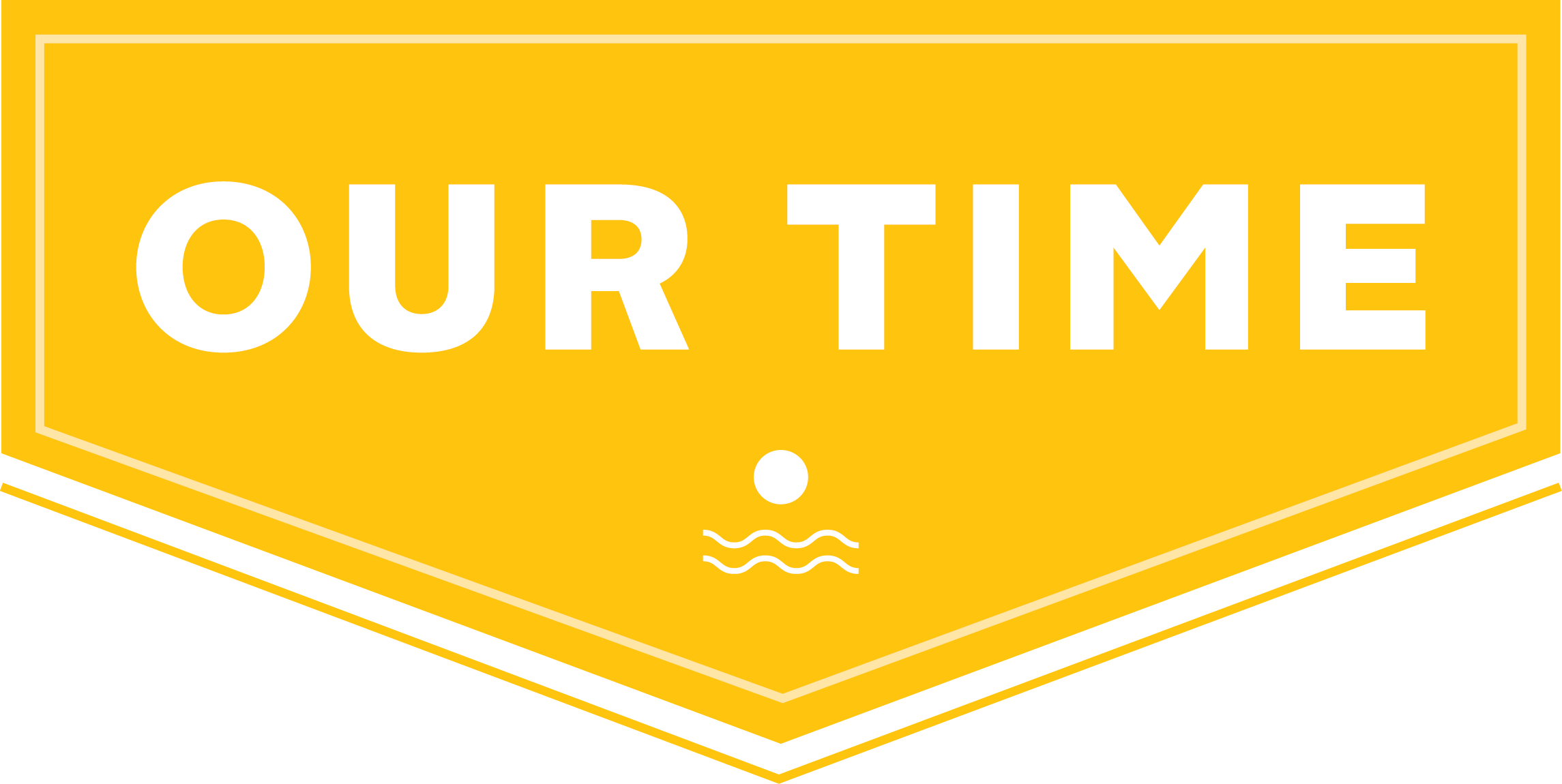Where the NDP stands on a Green New Deal
Top Line: The New Democratic Party is on the right track when it comes to a Green New Deal for Canada, but still has a ways to go when it comes to climate policy and social policy that is truly transformative at the scale that science and justice demand.
Listening to the science
According to their climate platform Power to Change: A New Deal for Climate Action and Good Jobs, the NDP plans to “adopt science-based GHG emissions reduction targets for 2030 that are in line with stabilizing the global temperature increase at 1.5 degrees Celsius.”
While they haven’t been specific on numbers, the NDP calculated that their plans would cut emissions to 450 megatonnes by 2030, which amounts to a 37% reduction below 2005 levels. This number is out of line with the IPCC science, but the NDP has said this number is a starting point, and they plan to make up the difference.
The NDP has not set a 2050 target, instead committing to create a “Climate Accountability Office” to ensure climate targets are being set and met through 2030 and 2050.
Committing to setting and meeting science based targets is good, but it’s also worrying. The NDP is leaving the door open for their position to be watered down by fossil fuel lobbying and influence, and we’d like to see them strengthen their plan with hard commitments to science-based targets.
The NDP has also opposed the TransMountain pipeline expansion, called for an end to fossil fuel subsidies, and opposed fracking, but their federal position on the massive Canada LNG facility in Northern BC has been murky.
Creating millions of good jobs
The NDP’s climate plan hinges on a promise to spend $15 billion to create at least 300,000 new jobs in energy efficiency retrofits, affordable housing, renewable energy, infrastructure, and transit. The programs that back up this promise include moving to 100% renewable energy powered, affordable (and maybe even free) public transit, retrofitting buildings, passing new building codes, and building zero emissions vehicles in Canada. They also promise to ensure the economic transition is just by providing support, training, and a seat the table for communities making their way through the transition.
It’s a good start and according to the CBC, it’s possible to achieve. It’s also one of the most specific promises of any party has made about tackling climate change by putting people to work. However, it’s not enough. 300,000 new jobs is a starting line, but tackling climate change will require an unprecedented economic mobilization, creating well over a million decent jobs for people from coast to coast to coast, while preserving and valuing existing low carbon work.
One very bright spot in the in the NDP plan is that they’ve tied these promises to to a new wealth tax to help pay for the transition, something that recent polls show is a winning proposition.
Dignity, justice & equity for all
The NDP’s climate plan promises to leave no community or worker behind in a just transition, pledging to support “workers, families and communities so that the changing economy works for them.” Their climate plan mostly offers broad promises in this area, with details about social policies found in other areas of their platform.
The NDP’s social policies include promises to implement a $15 minimum wage for 900,000 federal workers, a federal pharmacare program, a national childcare strategy, and a postal banking system similar to what has been called for by the Delivering Community Power campaign.
They’ve also made a range of promises on immigration and racial justice, including status for migrant caregiver workers and a ban on police carding.
Respecting Indigenous rights & sovereignty
The first section of the NDP’s climate platform opens by saying “reconciliation with Indigenous peoples and the recognition of inherent rights, title and treaty rights must be at the heart of our approach to addressing climate change.”
They pledge to fully implement UNDRIP and to engage in a nation-to-nation relationship with Indigenous Peoples to make then “full and equal partners” in “the development of job creation, employment training, and infrastructure investments that flow from federal efforts to address climate change”. Notably, the NDP also mention working with Indigenous communities to address existing climate impacts like wildfires and floods.
This post is part of a 4-part series that looks at how party platforms stack up against a Green New Deal. To see our four pillars of a Green New Deal and analysis of party platforms, click here.
